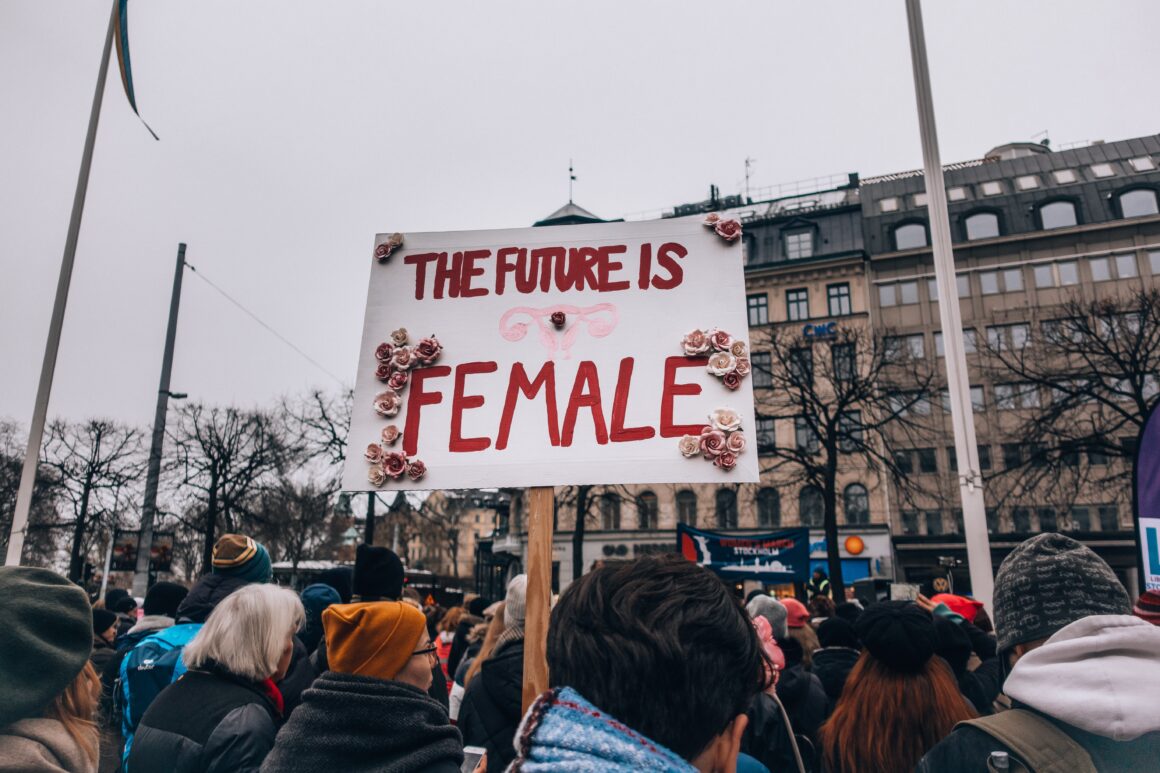Watching my girlfriend struggle to hold on to her phone while putting on her backpack, I didn’t hesitate to ask: “Why don’t you just put it in your pocket?” Needless to say, this kicked off a very educational discourse about pockets that didn’t end until she got on the bus home, phone still in hand.
I was aware that this was a recurring theme in women’s clothing (full disclosure: I’m a cis guy), but I didn’t realize how pervasive and almost universal it was until after that conversation. Whoever I asked, wherever I looked, all I found was ridiculously small pockets. According to an eye-opening visual essay by The Pudding, women’s jeans pockets are around half the size of men’s on average. Only 10% of women’s jeans pockets can fit a woman’s hand beyond the knuckles. By contrast 100% of men’s pockets fit a man’s hand during the testing.
So where does this come from? One version of the story explains it through a nice historical parable. “In medieval times both men and women had “pockets” that were tied around the waist, more akin to highly embellished fanny packs,” the same article on The Pudding says. “In the 17th century, men’s jackets and pants were adorned with pockets sewn directly into the garment. Women, on the other hand, kept rocking those fanny packs, reportedly stuffing them with all sorts of useful things like perfume, a small-tooth comb, spectacles, a box of bonbons, or a bottle of gin.” Further fact-checking on my part found this story to be mostly true. Putting it simply: Men, being the farmers at the time, had pockets sewn into their clothes for convenience. These evolved into modern-day men’s clothing, including the men’s suit with a whopping 17 pockets. Women stuck with their detached bags, which became the purses we see today.
Does this history really matter, though? Women also used to be expected to sit indoors in dresses embroidering, and still are today in many parts of the world. What was convenient then is definitely not convenient now for women who go to school, work, and support families. Why, as the unjust obstacles in the way of gender equality are eliminated one by one, do pockets still remain?

The details of how pockets were slashed from women’s pants (sometimes literally) vary in some cases, but there is a common thread: pockets were considered “too masculine” or “too bulky” for women to wear. According to fashion writer Julia Reece on Quora: “The male dominated fashion industry continues to drive this preference for aesthetics over function. Men are designing the garments and so their focus is driven not by form and function, but by design and how fabric best drapes the body.”
This brings us to the sexist part. If pockets are bulky and not aesthetically pleasing, why do men never have this problem? Perhaps it’s because only 40% of womenswear brands today have female lead designers. Pockets may be just one example of a wider issue with women’s clothing: it’s not designed for women at all. Just because hourglass curves are disrupted by full pockets doesn’t mean that the pockets should be axed completely, unless you’re designing clothes for the curves and not the people who wear them.
A simple Google search for “men’s cargo pants” brings up over 58 million results, mostly hideous lumpy things in various shades of khaki. “Women’s cargo pants,” however, are fitted tightly and have 5 or 6 pockets at most. Even pants designed to have pockets fall victim to this issue. While it’s admittedly a small issue compared to the larger injustices in the world, this is a sexist thing no matter how you frame it.
Women carry around just as much as men, and that’s not even counting the added weight that society places on their backs. So if a sleek bodycon look with no pockets is your thing, go for it. But if you just want a place to put your phone when you walk to the bus stop? Sexist male designers shouldn’t stand in your way. Don’t let them pocket your money.
Featured image: Medium via ScoopWhoop


